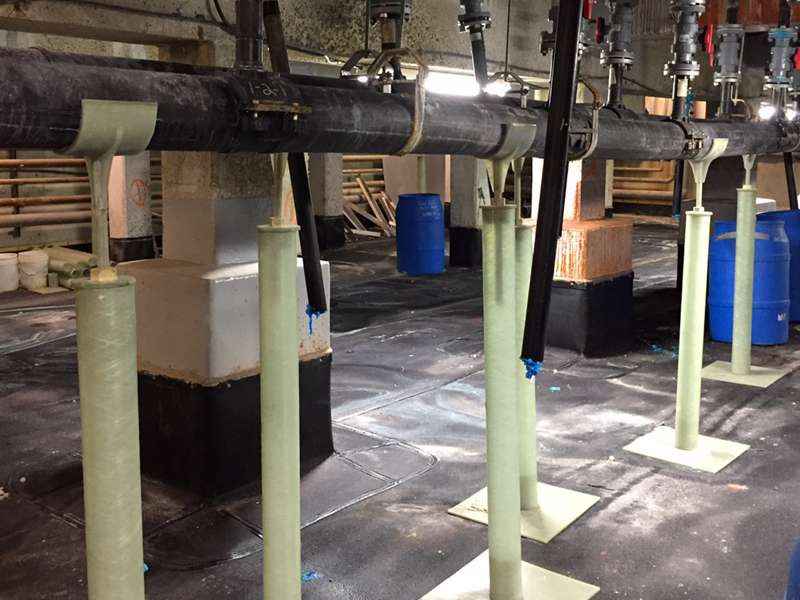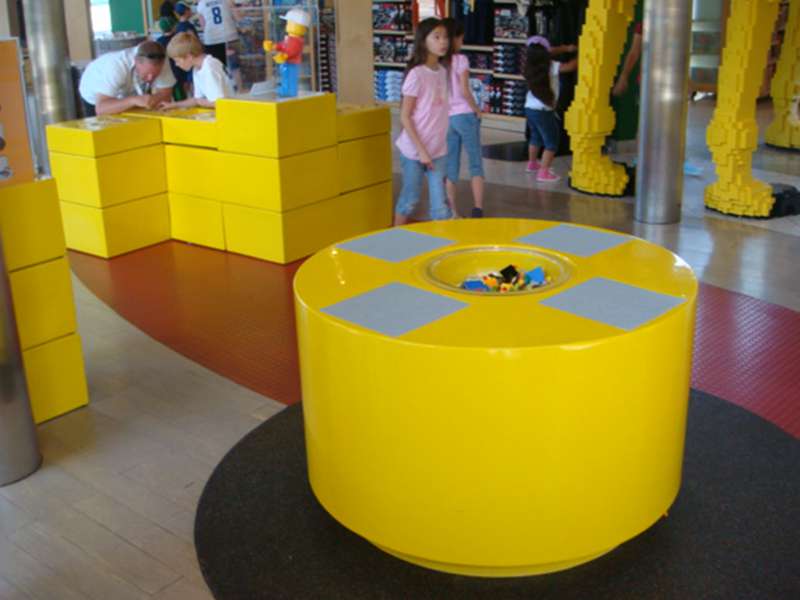Other Products: Quality Add-Ons, OEM, Fast Delivery
If you’ve been hunting for custom composite solutions that don’t force your project into a rigid catalog, Jrain’s Other Products line is one of those quietly reliable options procurement teams whisper about. Based out of No. 1289, Yingbin South Street, Jizhou District, Hengshui, Hebei, China, the factory turns out bespoke fiberglass pieces—medical beds, pipe stands/supports, moisture collectors, playing boxes, flower pots, desalination components, drums—tailored for color, shape, pressure, temperature, you name it. To be honest, the breadth surprised me.

Industry snapshot
Composites are edging into places metals once dominated—because corrosion budgets are getting, well, uncomfortable. In water treatment, healthcare fixtures, and coastal infrastructure, specifiers are picking Other Products in FRP to lower lifecycle cost. Actually, it’s not only cost; dielectric safety and weight reduction matter a lot on site.
Typical specifications
| Parameter | Spec (≈, real‑world may vary) | Standard/Test |
|---|---|---|
| Fiber system | E‑glass with surface veil (C‑glass optional) | — |
| Resin | Isophthalic or vinyl ester; food‑grade options | — |
| Fiber volume fraction | ≈35–55% | ASTM D2584 |
| Tensile strength | ≈200–350 MPa | ASTM D638 |
| Flexural strength | ≈300–500 MPa | ASTM D790 |
| Barcol hardness | ≈40–55 | ASTM D2583 |
| Temperature | ‑40 to 110°C continuous (up to 150°C intermittent) | — |
| Flame spread (optional) | Class 1 | ASTM E84 |
| Potable water (optional) | NSF/ANSI 61 compliant builds | NSF/ANSI 61 |
How it’s made (short version)
Materials: glass fabrics, stitched mats, surface veil, vinyl ester/polyester resin, UV inhibitors, pigments.
Methods: hand lay‑up for big shapes; vacuum infusion for tighter fiber ratios; pultrusion for linear parts; filament winding for cylindrical loads.
Process flow: CAD → tooling → lay‑up/infusion → cure control → post‑trim → machining → surface finish → QC.
Testing & QA: visual (ASTM D2563), thickness (UT), hardness, coupon tensile/flexural, hydro/pressure tests for pressure parts (ASME RTP‑1 guidance).
Service life: many installs run 15–25 years depending on UV, chemistry, and temperature—some longer with topcoats.

Where people use Other Products
- Medical: non‑magnetic frames for beds and carts; easy‑clean gel‑coat finishes.
- Water/desalination: moisture collectors, small tanks, pipe stands near brine spray.
- Industrial plants: corrosion‑proof supports, covers, instrument boxes.
- Public realm: landscaping planters/flower pots that won’t rust or spall.
- Logistics: lightweight FRP drums or boxes for non‑hazardous materials.
Why teams pick Other Products
Corrosion resistance, weight savings (~70% lighter than steel), electrical insulation, and no repainting every season. Many customers say installation is “a two‑person job instead of a crane job,” which is a budget line you feel immediately.
Vendor comparison (indicative)
| Vendor | Customization depth | Tooling lead time | Certs | MOQ | Warranty |
|---|---|---|---|---|---|
| Jrain Composites | High (color/shape/pressure/temperature) | ≈2–4 weeks | ISO 9001; test per ASTM/NSF request | Flexible | 12–24 months |
| Vendor A (regional) | Medium | ≈3–6 weeks | ISO 9001 | Moderate | 12 months |
| Vendor B (global) | High, premium pricing | ≈4–8 weeks | ISO 9001/14001 | Higher | 18–24 months |
Customization & data points
Options include gel‑coat color matching (ΔE ≤ 1.0 target), conductive/antistatic layers for ESD areas, UV‑resistant topcoats, and FDA/NSF contact options. A recent moisture collector build showed tensile ≈310 MPa and flexural ≈430 MPa (n=5 coupons), with Barcol 50; hydro test at 1.5× design pressure passed—no weeps. It seems that the vinyl ester upgrade pays back fast in brine.

Mini case files
- Desal plant, Gulf region: FRP pipe supports with UV topcoat; install time cut by ~35%, no corrosion touch‑ups after 18 months.
- Hospital retrofit: non‑magnetic bed frames; cleaning cycles doubled without finish degradation, per facility QA notes.
Standards & compliance
Designs can align with ISO 14692 for GRP systems, ASME RTP‑1 guidance for reinforced thermoset equipment, ASTM D638/D790 mechanicals, ASTM D2563 visual quality, ASTM E84 flame spread, and NSF/ANSI 61 when drinking water is in play. Honestly, ask for the ITP—good suppliers will show their cards.
Authoritative references
- ASTM D638 – Standard Test Method for Tensile Properties of Plastics.
- ASTM D790 – Standard Test Methods for Flexural Properties of Unreinforced and Reinforced Plastics.
- ASTM D2563 – Standard Practice for Classifying Visual Defects in Reinforced Plastic Laminate Parts.
- ASTM E84 – Standard Test Method for Surface Burning Characteristics of Building Materials.
- NSF/ANSI 61 – Drinking Water System Components—Health Effects.
- ISO 14692 – Petroleum and natural gas industries—GRP piping.
Latest news
-
Rectangular Tank Made of Fiberglass Material – Durable, Cost-Effective Liquid Storage SolutionsNewsNov.24,2025
-
Hollow Drill Rods for Efficient Drilling Operations in the Field | Durable, Lightweight & CustomNewsNov.23,2025
-
Powerful yt27 Rock Drill for Tough Mining Surfaces | Durable & PortableNewsNov.23,2025
-
Why the Reversible Drill Bit Is a Versatile Tool for All Your Drilling NeedsNewsNov.22,2025
-
Fiberglass Food Grade Equipment: Key Features, Benefits & Global ImpactNewsNov.22,2025
-
How a Drilling Rod Spirals Down Into the Earth: Tech, Trends & Global ImpactNewsNov.21,2025










